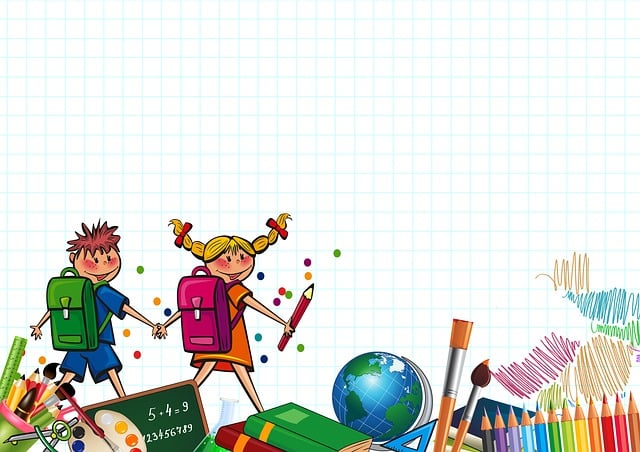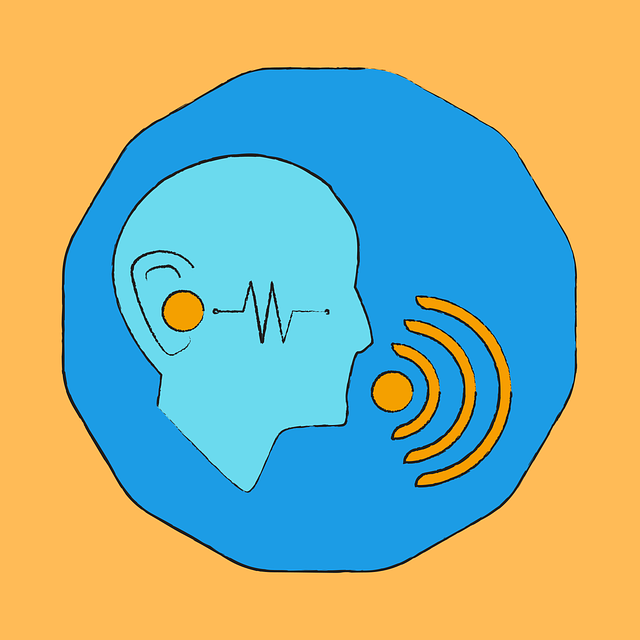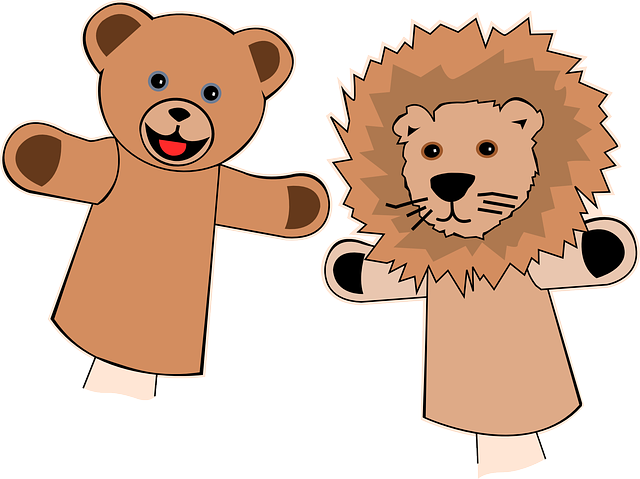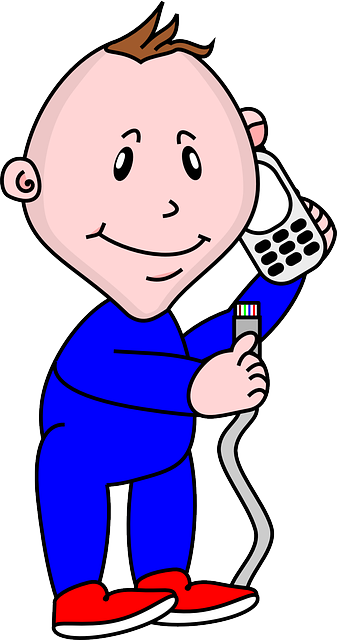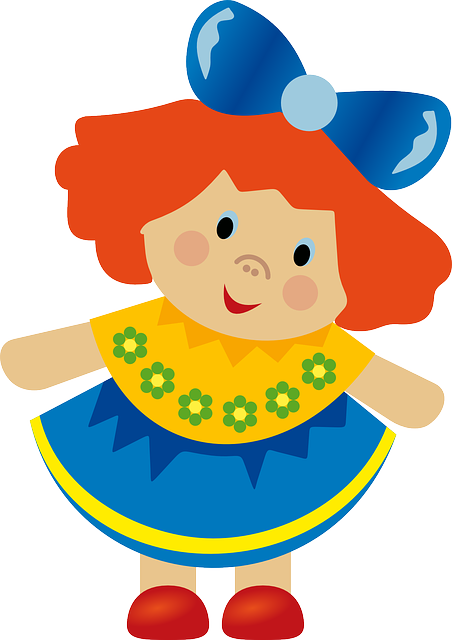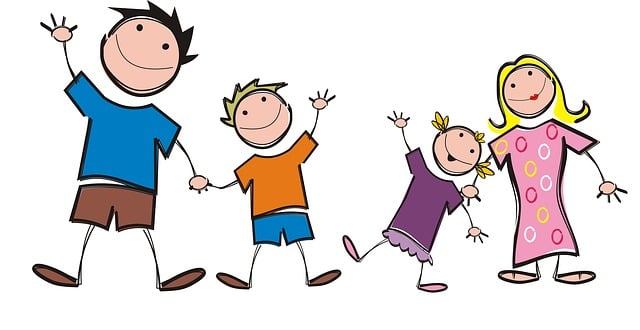
Echolalia
Echolalia occurs when a child repeats what he/she hears either immediately after hearing the utterance (immediate echolalia) or hours to days after hearing the utterance (delayed echolalia). Echolalia can at times be self-stimulatory. The child may repeat lines from or his favorite movie or even repeat a conversation he/she heard. For example, during dinner time the child may say, “To infinity and beyond!” The child may do this to self-calm or for self-stimulation as the utterance is not related to the situational context; However, echolalia can also be communicative or functional in nature, in which the child repeats something he/she has heard in the past for a specific communicative purpose such as requesting or commenting. For example, when a child sees his/her parent take

